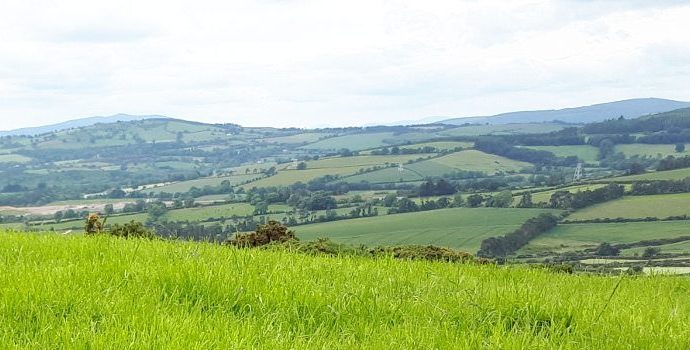Major Planning and On-farm Investment of €1.5bn Needed to Deliver 50% Dairy Expansion – Kiersey

IFA National Dairy Committee Chairman Kevin Kiersey said, “The calving season, which is underway, is without doubt the busiest time of the year for the 18,000 dairy farms in the country. The next few years will also be the busiest and the most exciting this generation of dairy farmers will ever have lived through.”
Kevin Kiersey said, “Despite the current economic and financial uncertainties, global demand for dairy products is rising rapidly, especially in emerging and developing countries which will be unable to supply their own needs for the foreseeable future. Recent reports by market analysts including Rabobank have stated that the lowest cost regions such as New Zealand, Australia and parts of South America would not fulfil these rapidly rising needs. It is clear that there are exciting prospects ahead for our industry, and Irish dairy farmers are chomping at the bit to avail of those opportunities.”
However, the IFA Dairy Chairman said increasing volatility in dairy prices and higher input costs were new challenges for dairy farmers, and that a major effort of investment and planning would be required on all Irish dairy farms to prepare for and deliver the post-2015 dairy expansion targeted by the Food Harvest 2020 report.
“To increase cow numbers and deliver 50% more milk, IFA has estimated that farmers will need to spend around €1.5bn between stock, extra land, additional milking, slurry storage and housing facilities and other equipment,” he said.
“We have made it quite clear to processing co-ops that, in planning to finance extra processing capacity, they must work jointly to make best use of own resources, as well as look to banks and other stakeholders. Farmers, who need to prioritise on-farm spend, cannot be expected to carry the cost of processing expansion,” he said.
“Such on-farm investment does not go without very careful business planning. Expanding a business presents very different management challenges, especially in the context of volatile margins. I would encourage all dairy farmers to sit down with their advisers to map out their business in detail for the next 5 to 10 years,” he said.
“I believe prudent planning by farmers must factor in possible superlevy fines right out to 2015, must refrain from speculation on the outcome of the current CAP Reform negotiations, and must not lose sight of volatility not only of milk prices, but also of input costs,” he said.
“Meanwhile, farmers will need their co-ops to support their efforts by advising them urgently of their plans to provide additional processing and marketing capacity, preferably in conjunction with other processors, by returning the strongest possible milk prices and by providing competitively-priced inputs,” he concluded.




